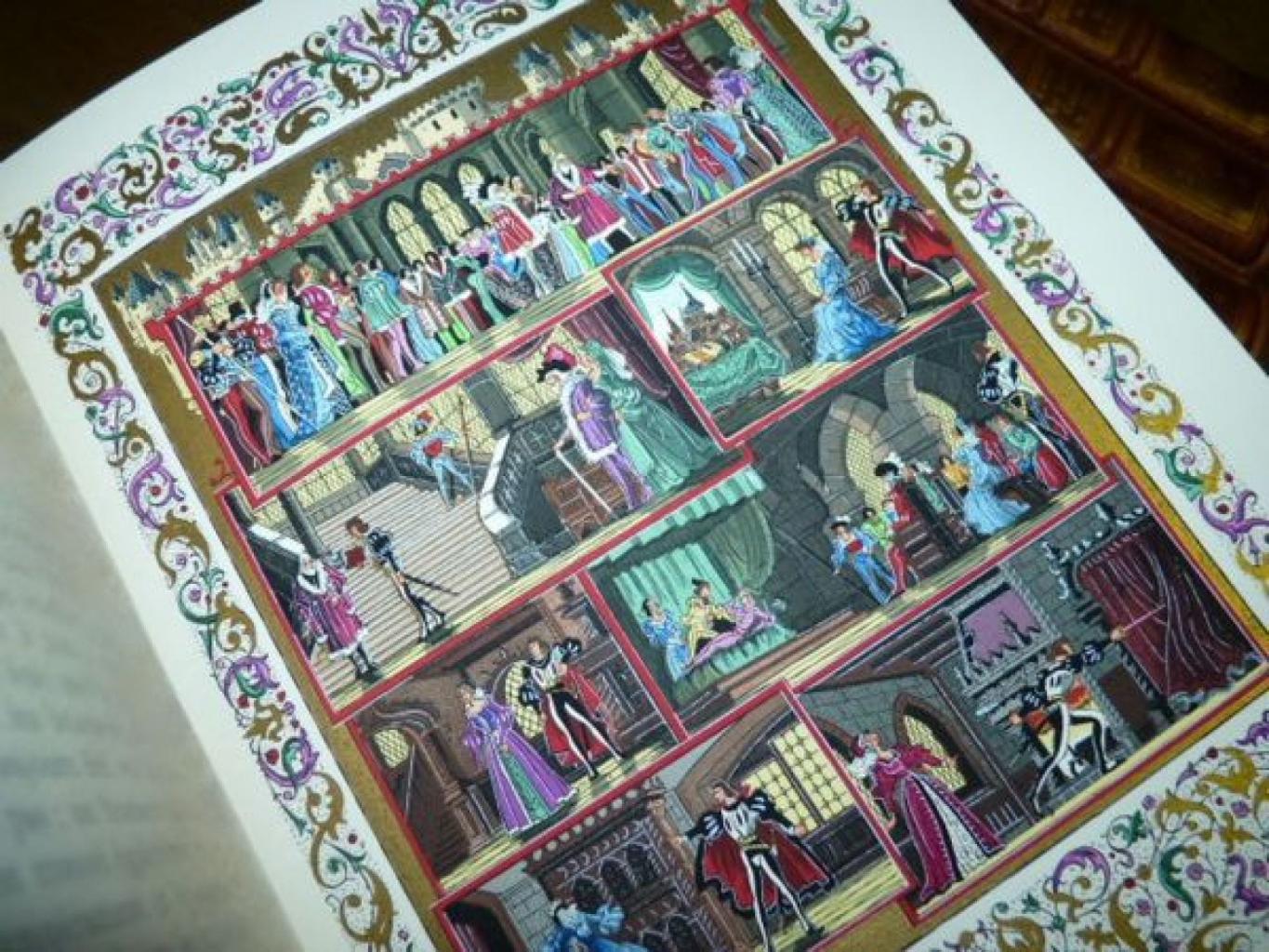How Has Shakespeare's Work Been Adapted and Performed Over Time?
Introduction:

William Shakespeare, widely regarded as the greatest playwright of all time, has left an indelible mark on literature and theater. His plays have captivated audiences for centuries, transcending cultural, social, and linguistic boundaries. This article explores the diverse adaptations and performances of Shakespeare's work over time, reflecting the ever-changing cultural, social, and artistic contexts in which they have been staged.
Thesis Statement:
Shakespeare's plays have undergone numerous adaptations and performances throughout history, reflecting the changing cultural, social, and artistic contexts in which they have been staged. These adaptations have ranged from faithful renditions to radical reinterpretations, demonstrating the enduring appeal and relevance of Shakespeare's work.
Body:
I. Early Adaptations And Performances:

During the Renaissance and Elizabethan eras, Shakespeare's plays were performed by troupes of actors, including the Lord Chamberlain's Men (later known as the King's Men), of which Shakespeare himself was a member. These early adaptations often involved cutting or rearranging scenes, adding music and dance, and incorporating topical references to appeal to contemporary audiences.
- Factors Influencing Early Adaptations: Censorship, religious beliefs, and the evolving tastes of audiences shaped the early adaptations of Shakespeare's plays.
- Notable Productions: Productions by the Lord Chamberlain's Men, particularly those featuring Richard Burbage as the leading actor, were highly acclaimed.
II. Restoration And 18th Century Adaptations:
The Restoration period marked a significant shift in Shakespearean adaptations. The of women actors and the rise of spectacle and elaborate stage designs transformed the theatrical landscape. Adaptations during this time often emphasized spectacle and grandeur, appealing to the tastes of the aristocratic audiences.
- Impact of the Restoration: The Restoration brought about significant changes in the way Shakespeare's plays were staged, including the of women actors and elaborate stage designs.
- Influence of the Enlightenment: The Enlightenment influenced interpretations of Shakespeare's work, leading to adaptations that emphasized rationalism and morality.
III. 19th Century Adaptations And Performances:

The 19th century witnessed a surge in Shakespearean adaptations and performances. Romanticism had a profound impact on Shakespearean adaptations, leading to a focus on emotional intensity, individual expression, and the sublime. Shakespeare festivals emerged during this period, and prominent actors and actresses became associated with specific Shakespearean roles.
- Influence of Romanticism: Romanticism led to adaptations that emphasized emotional intensity, individual expression, and the sublime.
- Rise of Shakespeare Festivals: Shakespeare festivals, such as the Stratford-upon-Avon Festival in England, became popular during this time.
- Notable Actors and Actresses: Actors like Edmund Kean, Sarah Siddons, and Henry Irving gained fame for their Shakespearean performances.
IV. 20th And 21st Century Adaptations:
The 20th and 21st centuries have witnessed a diverse range of Shakespearean adaptations, reflecting the impact of modernism, postmodernism, and globalization. Contemporary adaptations have reinterpreted Shakespeare's plays through different lenses, including gender, race, sexuality, and political ideology.
- Impact of Modernism and Postmodernism: Modernism and postmodernism have influenced adaptations that challenge traditional interpretations and explore new perspectives.
- Globalization and Shakespeare: Globalization has facilitated the spread of Shakespeare's work to non-English speaking countries, leading to adaptations that incorporate diverse cultural elements.
- Reinterpretations Through Different Lenses: Contemporary adaptations have reinterpreted Shakespeare's plays through the lenses of gender, race, sexuality, and political ideology.
V. Notable Adaptations And Productions:
Throughout history, there have been numerous notable adaptations and productions of Shakespeare's plays that have left a lasting impact on audiences and critics alike.
- Film Adaptations: Notable film adaptations include Laurence Olivier's "Henry V" (1944), Akira Kurosawa's "Throne of Blood" (1957), and Baz Luhrmann's "Romeo + Juliet" (1996).
- Theater Productions: Renowned theater productions include Peter Brook's "A Midsummer Night's Dream" (1970),蜷川幸雄's "King Lear" (1985), and Cheek by Jowl's "The Tempest" (2010).
- Opera Adaptations: Notable opera adaptations include Verdi's "Otello" (1887), Tchaikovsky's "Romeo and Juliet" (1870), and Britten's "A Midsummer Night's Dream" (1960).
Shakespeare's plays have undergone numerous adaptations and performances over time, reflecting the changing cultural, social, and artistic contexts in which they have been staged. These adaptations have demonstrated the enduring appeal and relevance of Shakespeare's work, ensuring its continued engagement with new audiences. Adapting and performing Shakespeare's plays is essential to ensure their accessibility and relevance in contemporary society.
YesNo

Leave a Reply